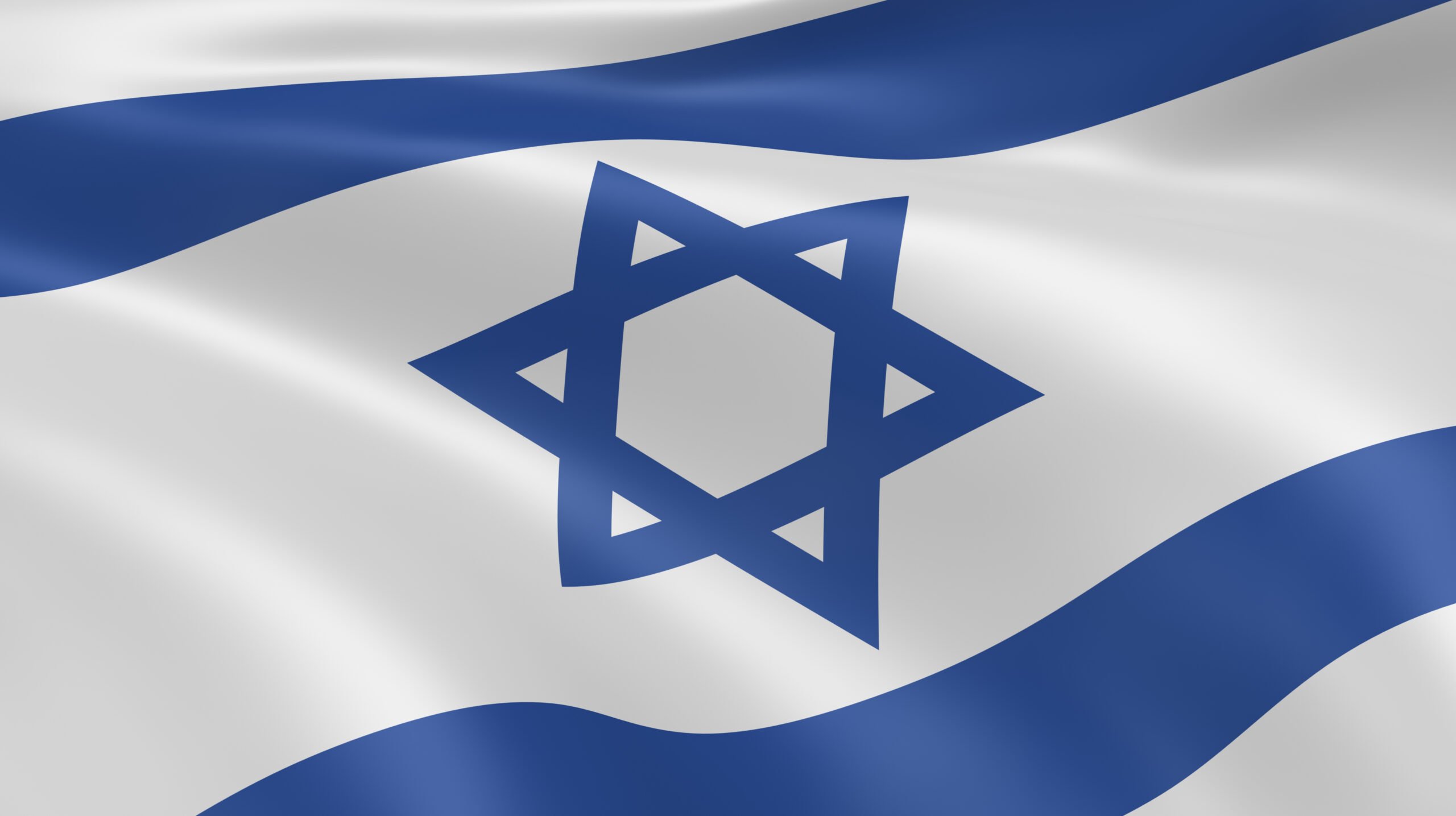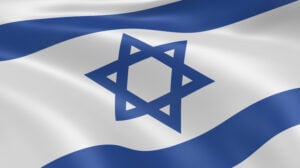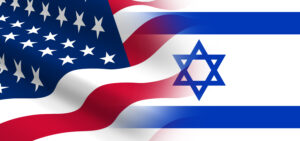Colors
White: Peace, purity, and innocence
Blue: Vigilance, perseverance, justice, prosperity, and freedom

Symbols
The Star of David
While the origins of the Star of David in Judaism are unclear, its elegant form and powerful symbolism have made it a constant presence in a variety of Jewish contexts since antiquity. It seems its choice as the symbol of the Zionist movement stem from the late 18th century, when it began to emerge as a widespread symbol of Jewish identity.
In addition, however, to what may have been the intention of the early Zionists, other interpretations of two interlocked triangles made it a fitting symbol for the modern State of Israel, including that of re-birth, harmonization of the spiritual and physical, and the symbiotic relationship between G-d and man. Meanwhile, the Star's 12 sides also represent the 12 tribes of Israel, whose current ingathering to their ancestral homeland makes all the rest possible.

The Blue Stripes
The blue stripes on the Zionist flag were inspired by the stripes on the tallit (prayer shawl) which are meant to recall the techelet of the ritual fringes (tzitzit). According to the Torah, one strand in the tzitzit should be dyed with techelet, the blue dye extracted from a sea animal called the chilazon, and placing techelet on the tzitzit was considered to have great spiritual power.
Rabbi Meir is quoted to have said in the Talmud: “Whoever observes the mitzvah of tzitzit is considered as if he greeted the Divine Presence, for techelet resembles the sea, and the sea resembles the sky, and the sky resembles God’s holy throne.”
At some point following the destruction of the Holy Temple by the Romans in 70 CE and the exile of the Jews from the Land of Israel, the actual identity of the source of the dye was lost. Since that time, a period spanning over 1,300 years, most Jews have only worn plain white tzitzit, as is written, “Now we have only white, for the original techelet has been hidden.” (Midrash Bamidbar Rabbah, 17:5)
The blue stripes, which symbolize Jewish independence in the Land of Israel, under the precepts of the Torah, and the Star of David, which symbolizes rebirth and new life for the Jewish people, tie the State of Israel, through its flag, to the past, present, and future.
Show your support for Israel with your very own Israeli flag & fabulous flag-themed gifts here!













